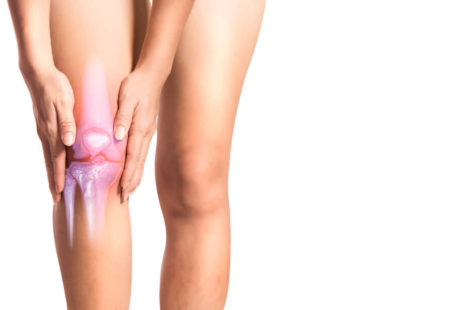ACL (anterior cruciate ligament) rehabilitation can be challenging and demanding, both physically and mentally. The extent of the challenge varies depending on factors such as the individual’s overall health, fitness level, severity of the injury, surgical intervention, and commitment to the rehabilitation process.
Here are some reasons why ACL rehab can be hard…
- Long Recovery Process – ACL rehabilitation typically involves a prolonged recovery process that can last several months to a year or more, depending on the individual’s circumstances. It requires patience, perseverance, and dedication to follow through with the prescribed rehabilitation program and achieve optimal outcomes.
- Pain and Discomfort – ACL surgery and rehabilitation can be associated with pain, discomfort, and swelling, particularly in the early stages of recovery. Physical therapy exercises, manual therapy techniques, and postoperative activities can cause temporary discomfort as the knee joint heals and regains strength and mobility.
- Loss of Mobility and Function – Following ACL surgery, individuals may experience limitations in knee mobility, range of motion, and functional activities. Restrictions on weight-bearing, walking, and participation in sports or recreational activities can impact daily life and lead to feelings of frustration or dependency.
- Muscle Weakness and Atrophy – After ACL surgery, muscles surrounding the knee joint, including the quadriceps, hamstrings, and calf muscles, can weaken and atrophy due to disuse and immobilization. Rebuilding muscle strength and endurance through targeted exercises is essential for restoring function and stability in the knee.
- Fear of Reinjury – Fear of reinjury or apprehension about returning to physical activities and sports is common among individuals undergoing ACL rehabilitation. Overcoming psychological barriers and regaining confidence in the knee’s stability and strength is an important aspect of the recovery process.
- Complexity of Rehabilitation – ACL rehabilitation involves a comprehensive and multifaceted approach that includes various components such as range of motion exercises, strengthening exercises, neuromuscular training, balance and proprioception exercises, functional rehabilitation, and gradual return to activity. Coordinating and adhering to the different aspects of the rehabilitation program can be challenging and overwhelming at times.
- High Expectations and Pressure – There may be pressure from oneself or others to achieve specific milestones or timelines in the rehabilitation process, such as returning to sports or activities within a certain timeframe. Managing expectations and understanding that recovery is a gradual process that varies among individuals can help alleviate unnecessary stress and anxiety.
Despite the challenges, ACL rehabilitation is achievable with the guidance and support of a multidisciplinary healthcare team, including orthopedic surgeons, physical therapists, athletic trainers, and sports medicine professionals. A structured and individualized rehabilitation program, combined with patience, persistence, and a positive mindset, can help individuals overcome obstacles and achieve successful outcomes following ACL injury and surgery.




